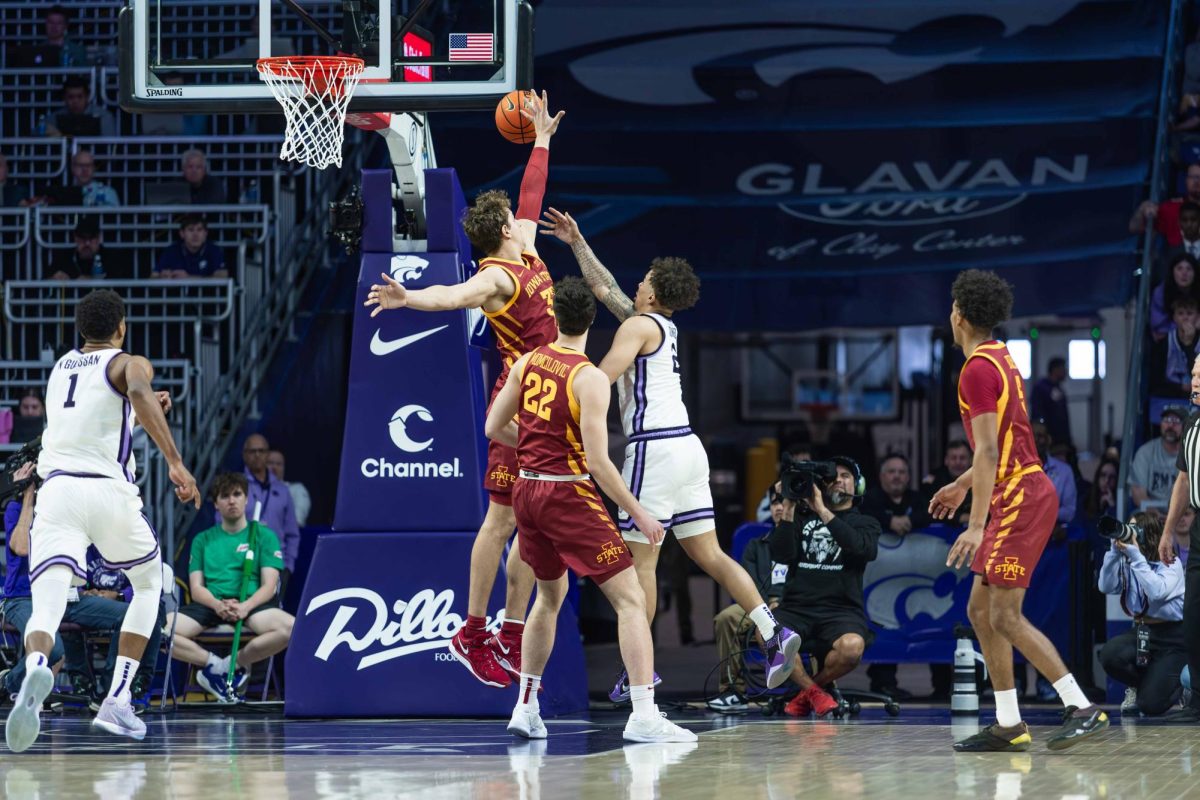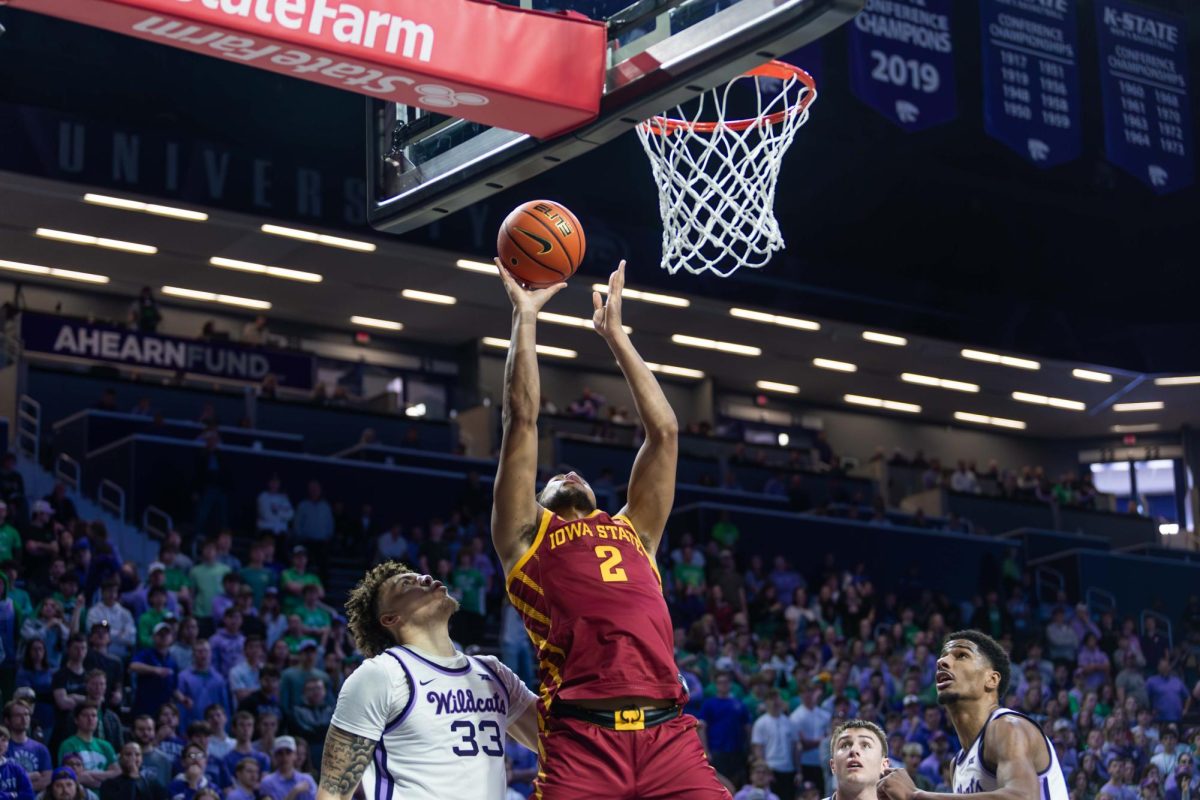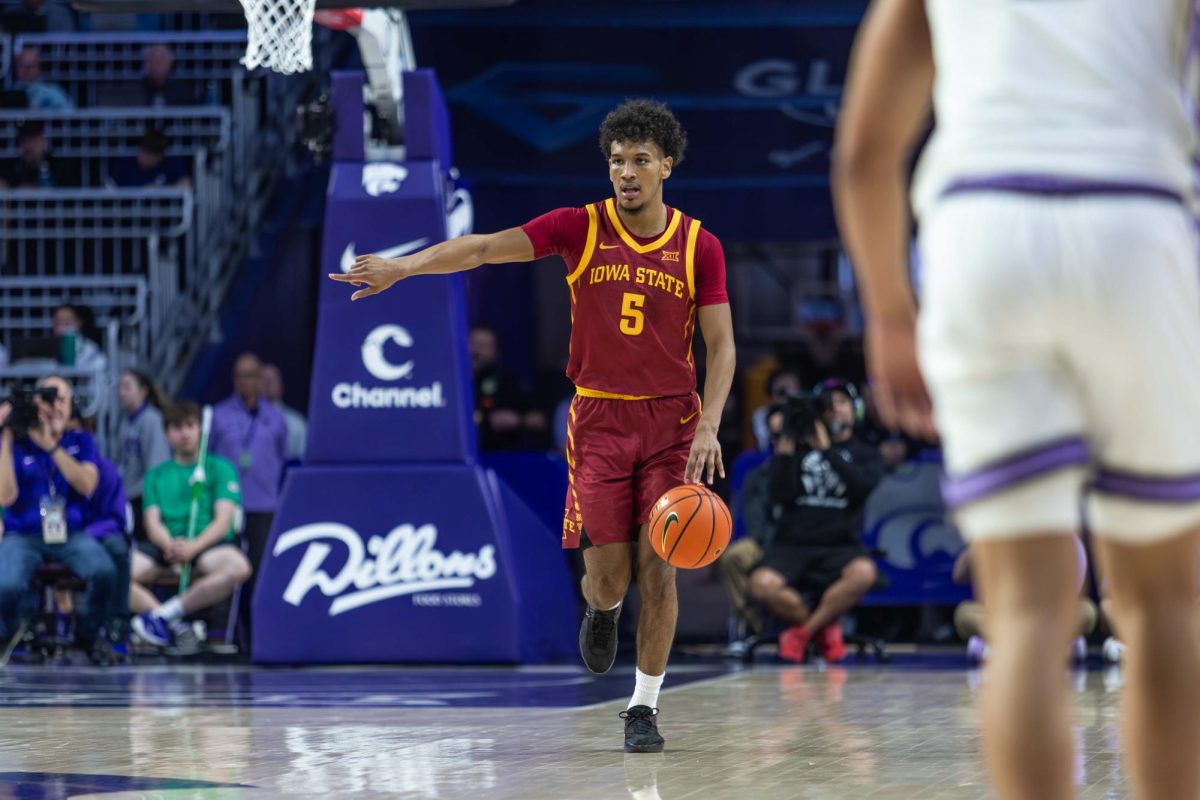ISU graduate designs his way into Hollywood
April 7, 1997
As an assistant art director and set designer, it is not unusual for Scott Murphy to work on movies for a short one- or two-week period. But it does pose a tough question: Do I put it on my resume?
“The only reason I put Dead Man Walking on my resume, even though it was a short period of time,” Murphy said, “was because I got to design the lethal injection machine and that was kind of a major part of the movie.”
The Oscar nominated movie rests on Murphy’s resume somewhere between such films as Dead Presidents, Sabrina, Die Hard 3 and Ghosts of Mississippi. Unfortunately his short stint with Dead Man Walking was not enough to garner an invitation to the Oscars.
“No I didn’t get to go to the ceremony,” Murphy said. But he was at the Academy Awards show in 1993. At the time, he was working as an art director for a number of television shows and award ceremonies and was asked to design the show.
“It was actually so crowded that I ended up leaving,” he said. “Kind of weird leaving the ceremony to go watch it at home.”
Murphy said he enjoyed watching rehearsals the night before much better. “It was actually much funnier,” he said. “Billy Crystal was doing his monologue, but he was kind of ad-libbing and was much raunchier than he could actually be on the show.”
Oscar shows and film crews were not on Murphy’s original career track. He actually has wanted to be an architect since he was very young.
He received an architecture degree from lowa State and went on to attend graduate school at the Southern California Institute of Architecture in Santa Monica, Calif.
He graduated in the early ’90s, around the time of the recession, and had a hard time finding work in architecture. Not wanting to go back to Iowa, Murphy found a job designing sets for the soap opera “Santa Barbara” and has not gone back to architecture since.
“It’s hard to live in Los Angeles for any period of time without getting sucked into the entertainment industry,” Murphy explained. “In architecture you can be on the same project many years.
“Whereas in set design, everything happens at a much more rapid pace. I don’t think I had the patience for architecture.
“We can design something and within a week or so we can see it completely built in the shop,” he said.
As an assistant art director or set designer, Murphy works under a production designer who is in close communication with the film director and “in the grand scheme of things, designs the movie.”
“What I end up doing is designing individual sets,” Murphy said. “It depends on who the production designer is. Sometimes they are really involved and very specific on what they want, other times you have someone who will say we need a dining car on a train, do whatever you want.”
Murphy creates sets based on the information the designer gives him. He draws plans for the shop to use and oversees the construction of the set.
“Whenever you go on location it’s hardly ever exactly the way the director wants it to be and you always end up doing modifications to the sight,” Murphy said. “Whenever we do a period movie it requires an incredible amount of work and a lot of research.”
Murphy gave recent work on the movie Lolita as an example. He said every time they shot a street scene, he had to make it look like 1949, changing everything from the street lamps to the building’s architecture.
“When someone goes to a movie, the goal is to make it look like the ’40s, but you don’t want someone to look at it and say ‘they did this and they did this,”‘ he said. “If they’re spending too much time looking at the set then you’ve kind of defeated your purpose.”
Of the many movies on which Murphy has worked, he said his first was the most fun. In The Road To Wellville Murphy said he “really had to create a look.”
“It was the most design-oriented movie that I’ve worked on,” Murphy said. “Whereas in Die Hard 3 it was more an action-driven movie and design wasn’t as important.”
Doing a lot of on-scene work, Murphy has had a few interesting encounters, his strangest being on last year’s Ghosts of Mississippi set. “It was actually really difficult to secure locations,” he said. “People didn’t want to cooperate.
“They were either racist or they didn’t want to get involved because they saw that the movie was stirring up trouble. It was very interesting dealing with the racial issues,” he said.
Working in the art department often means being on location long before the shooting crew ever shows up. So it is rare for Murphy to spend much time with the actual stars of the movie.
“Occasionally you get to meet the stars, but typically I haven’t met many of them,” Murphy said. “I guess it depends on your personality, some people are more apt to go introduce themselves, but personally I’m not the kind to go do that.”
Building his resume has been a lot of fun for Murphy, though he’s not sure how useful it actually is. “I send resumes out all of the time but I can’t say that I have ever actually gotten work that way,” he said. “It’s almost always through connections.”
Murphy said he often is recommended by people he has worked or interviewed with. He has also made a lot of friends in the business, including Tom McPhillips, the set designer for most of the MTV “Unplugged” shows.
Murphy met McPhillips while working on the “failed” “Chevy Chase Show” and since has been his right-hand man for many set designs including “Unplugged” shows for Sheryl Crow, Hole, Live, The Cranberries and Tony Bennet.
“It’s kind of strange working for MTV because most of their shows don’t have a very big budget,” Murphy explained. “[You are often] trying to create a look with a shoe-string budget.”
Because of the intimate setting MTV tries to create on “Unplugged” shows, Murphy said they would record the show in a big opera hall, but would only seat people near the stage.
Of course Murphy and the rest of the design team were allowed to sit anywhere during the actual performance. “It was very cool,” he said.
Murphy’s MTV experience followed his job as an assistant art director for the Super Bowl XXVII halftime show featuring Michael Jackson. He not only designed the stage, but helped come up with the idea of everyone in the stadium holding colored cards to create the incredible illusion of children holding hands.
“We had to translate that and figure out where each one of these colored cards had to go in the stadium,” he said “The most interesting thing was watching the stage break up into 30 pieces in less than 5 minutes. It was a feat just to have that done.”
Like the Oscars, Murphy said watching the rehearsal was much more entertaining. “There was hardly anyone in the stadium and you basically got to see this kind of Michael Jackson concert with no one there.”
During the actual Super Bowl, Murphy was standing on the field near where the stage was brought off.
“I could see him [Jackson] peaking out of this little slit and these girls noticed him and went completely berserk,” he explained. “They were rolling around on the ground screaming and crying ‘Michael, we love you.’ It was very funny.”
Murphy said all of the work he puts into his job is worth it when he gets to see the movie on the big screen.
“Also most of my friends and family seem to think that it is very glamorous, even though in reality it’s not,” he said. “When you tell people you work on movies they’re kind of like ‘oh wow.’ Making movies is kind of like making sausages, you don’t want to see how it’s made.”
Although Murphy has no immediate plans to quit the film business, he said his real dream is to make a living by designing furniture.
“That’s kind of what I do with my free time,” Murphy said. “I try to do something that has never been seen before.”
Meanwhile, Murphy will continue set designing. He is currently working on the Tim Allen comedy For Richer or Poorer, due out early next year.






